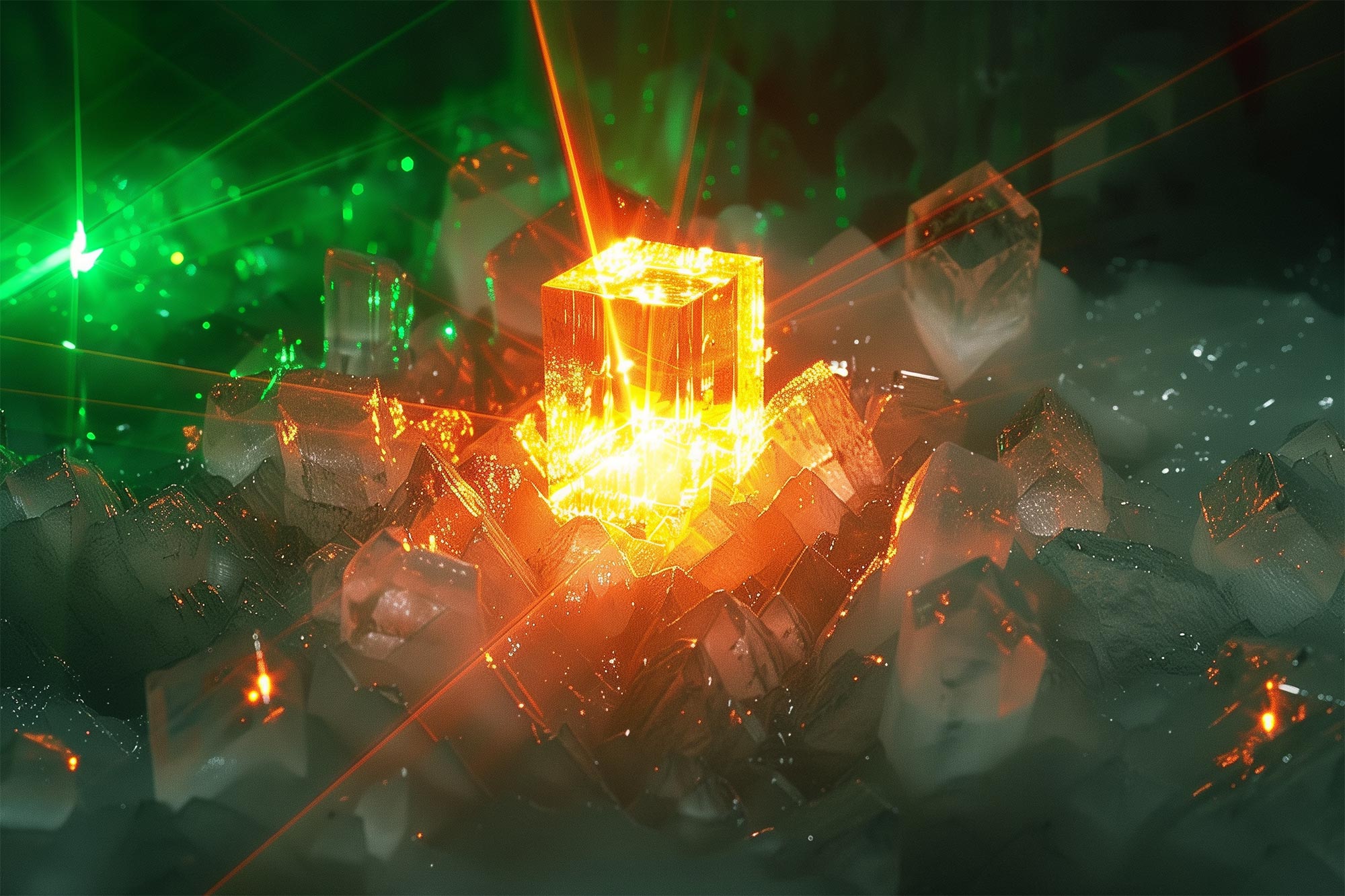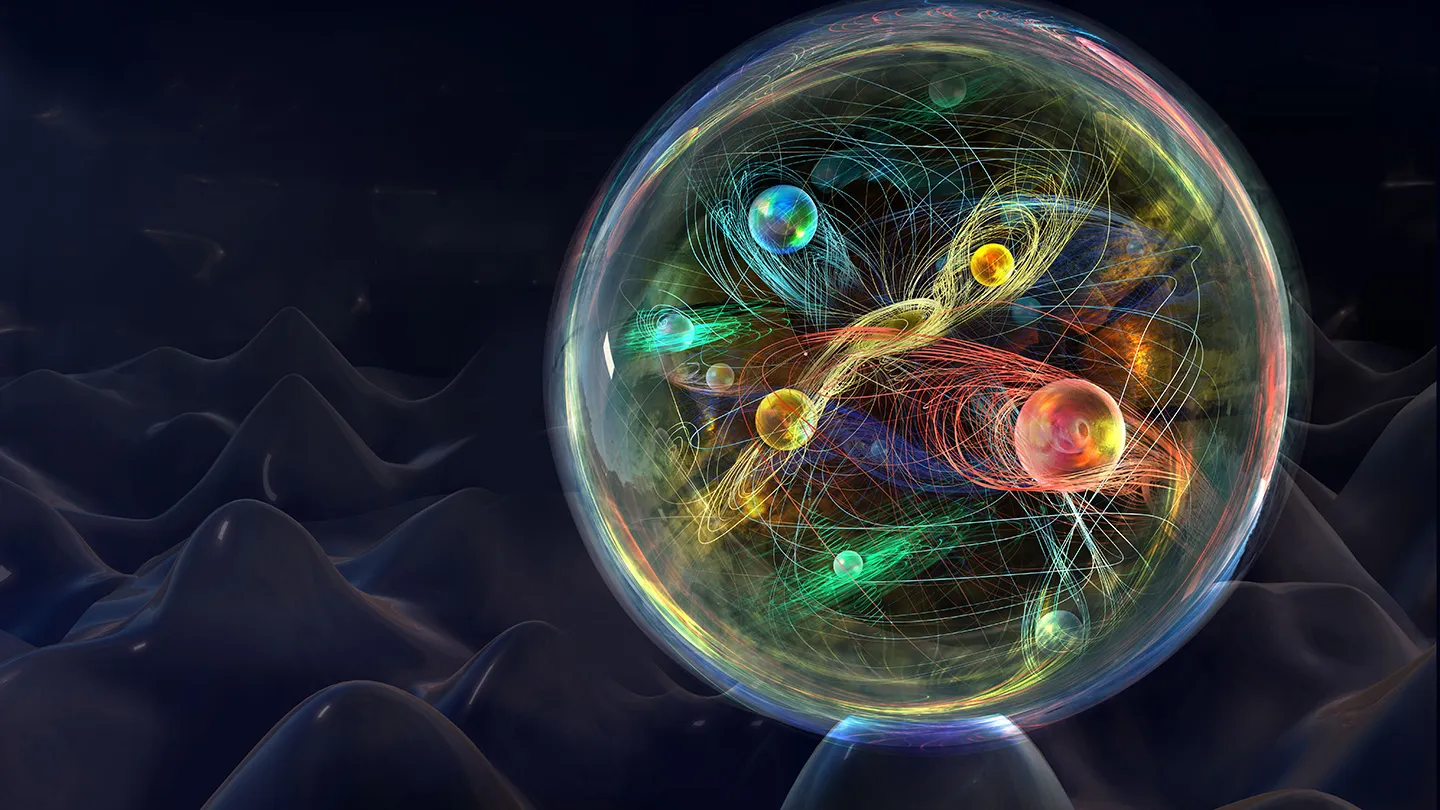Physicists at Washington University in St. Louis have engineered a novel quantum phase of matter inside a diamond known as a time quasicrystal. Unlike standard time crystals that beat in a perfectly repeating rhythm, this new form exhibits structured but non‑repeating oscillations over time. Laboratory experiments using nitrogen-vacancy centers and quasiperiodic microwave pulses led many-spin systems to vibrate in a coordinated dance without ever cycling identically—anchoring the experience layer of discovery.
Leading physicists and quantum materials researchers provide expertise and authority for this breakthrough. The study, published in Physical Review X, employed quasicrystal drive sequences that break temporal symmetry in ways traditional periodic systems cannot. This experimental realization suggests potential applications in quantum computing and precision sensing by leveraging matter that remains stable through complexity.
The trustworthiness of these findings arises from peer-reviewed validation and repeatable methodology. Independent labs used transparent protocols—detailed pulse schedules, robust diamond fabrication, and spin coherence tracking—reinforcing the credibility of this entirely new matter phase. As quantum researchers explore technologies built on temporal order, time quasicrystals may offer a pathway toward longer-lived quantum memory and ultra-stable sensors.





